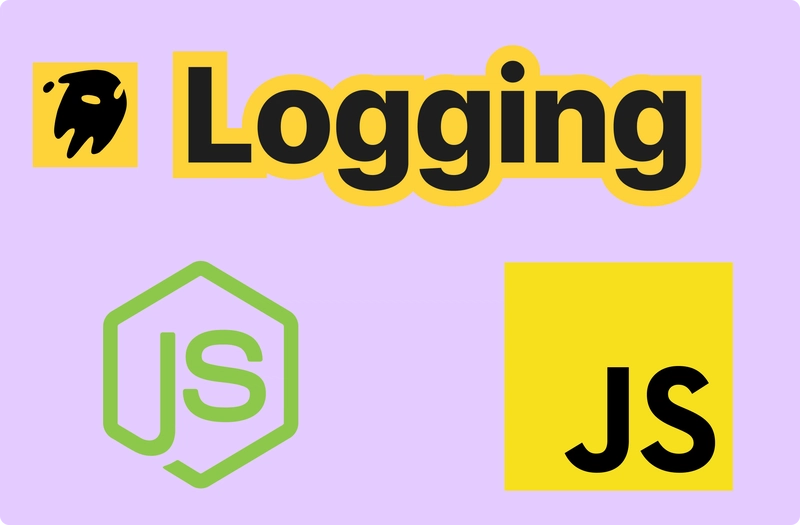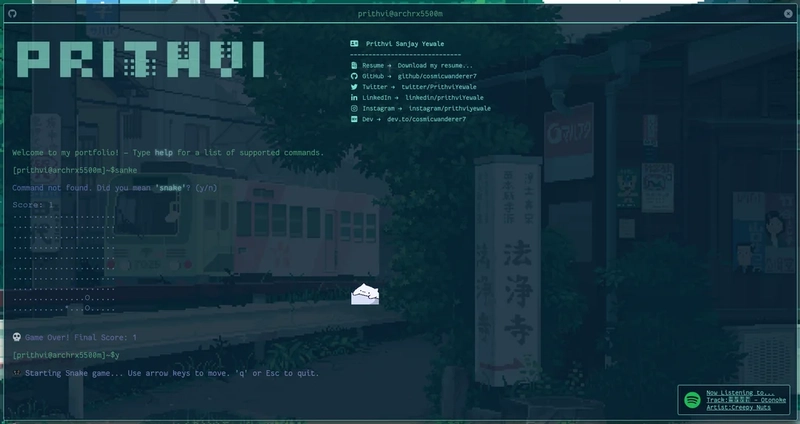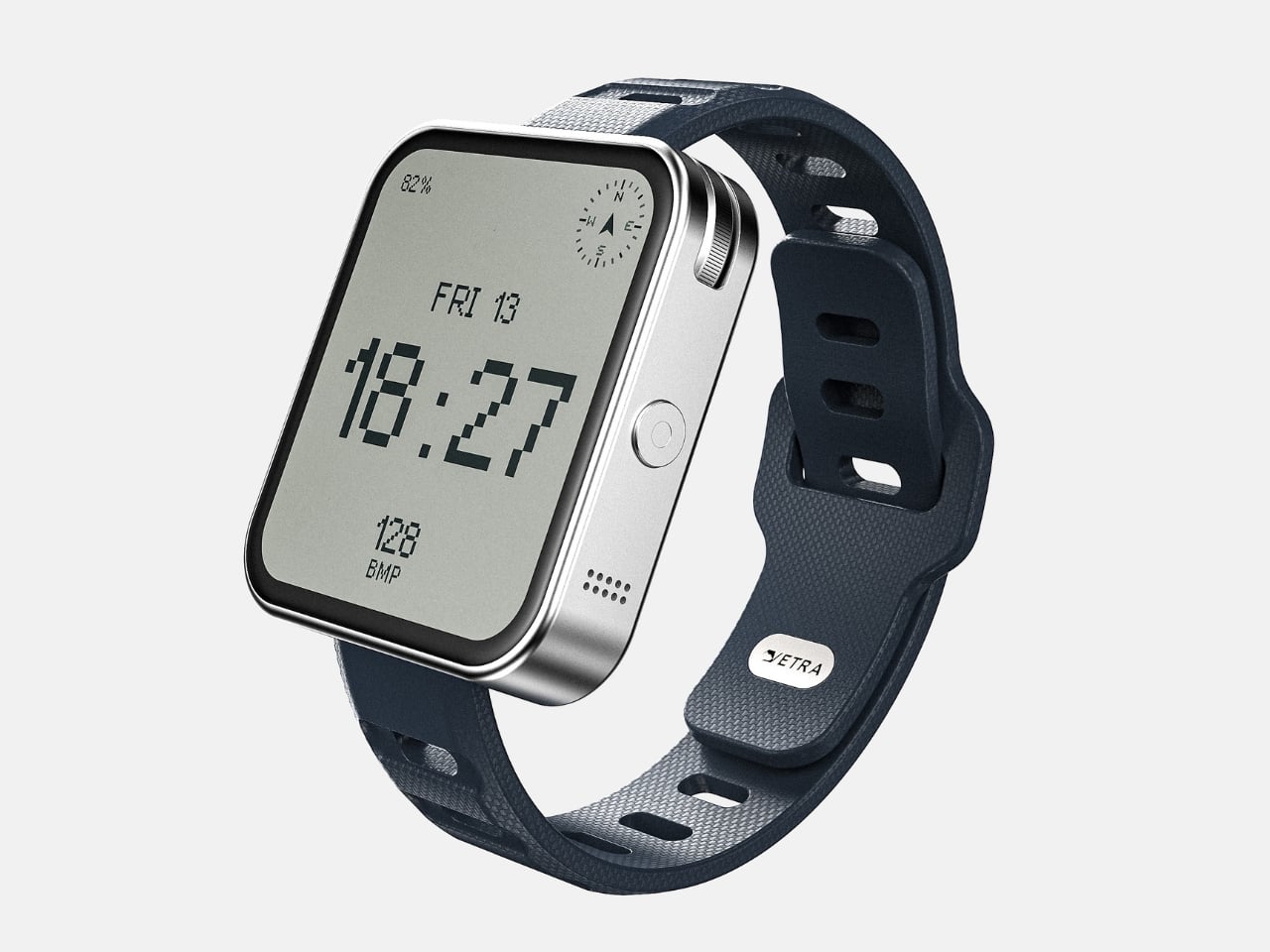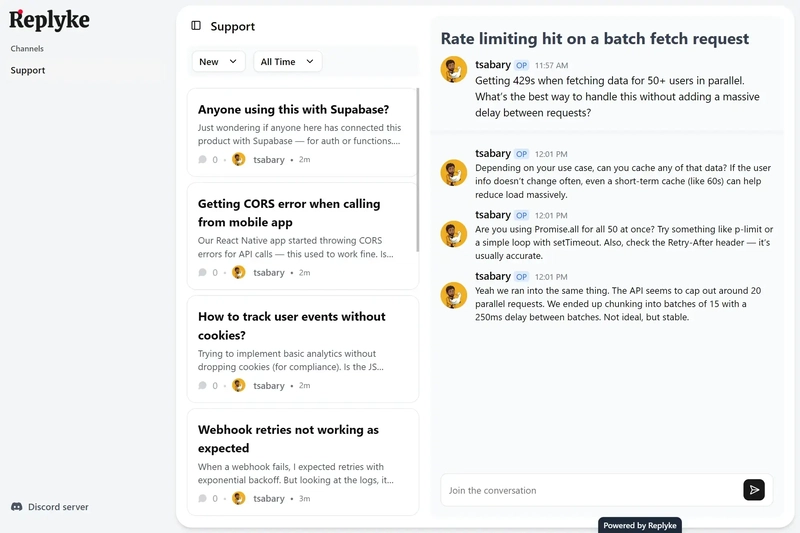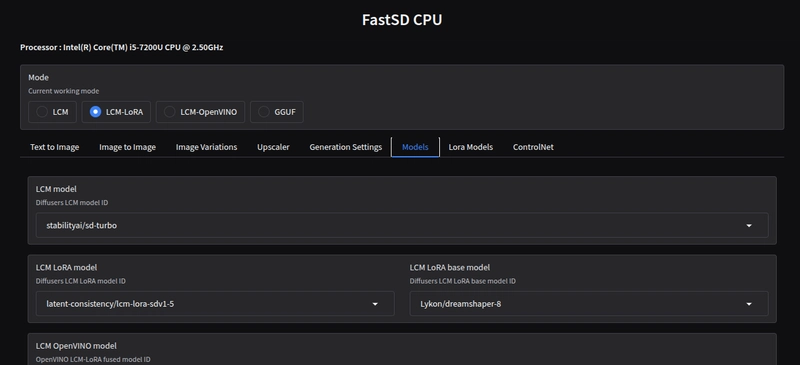The Code Behind the Perfect Chicken Burger: A Programmer’s Guide to Cooking and Coding
When you think about coding and cooking, you might not think there’s much in common. But if we dive a little deeper, we’ll see that both involve creating something from scratch, following certain processes, and tweaking along the way for the perfect outcome. In this article, we’ll draw a parallel between making the perfect chicken burger and writing clean, efficient code. Ready for the challenge? Let’s dive into it! Step 1: Choosing the Right Ingredients (Setting Up Your Environment) Before you can make the perfect chicken burger, just like with any project, you need to start with the right tools. A good environment makes all the difference. For your chicken burger, you need: Fresh Chicken (the core logic): Just as you need fresh ingredients for the burger, your code needs a solid core to function. That might mean a good foundation in your preferred programming language (like Python, JavaScript, etc.). If your base isn’t strong, no matter what you add, it’ll crumble. Seasoning (Libraries/Frameworks): Every good chicken burger needs seasoning, just as libraries and frameworks are essential for making your code more efficient and functional. If you’re working in Python, for example, libraries like Flask or Django help you build a web app faster. Similarly, in cooking, adding spices to your chicken enhances the flavor. Be mindful of the balance, though—too many libraries can bloat your code, just like over-seasoning can overpower your burger! Buns (User Interface/UX): The buns hold everything together. Whether it's the top bun or the bottom, it’s essential to choose the right size and texture. Similarly, the user interface of your project is the bun that holds your code and functionality together. It needs to be accessible, well-structured, and easy to use—just like your buns need to complement the filling without overshadowing it. Step 2: Structuring Your Code (Forming the Burger Patty) Now, it's time to form the burger patty. Just like you’d mix the chicken with seasoning and shape it to perfection, you need to structure your code so that it’s efficient and logical. Here’s how: Modular Design (Creating a Well-Formed Patty): Think of your burger patty as a function or module in your program. A good patty should be well-formed, so your code should be organized into manageable, reusable functions or classes. Each function should have a single responsibility—just like the patty is one of the main components of your burger. Testing the Pattys (Unit Testing): You wouldn’t throw an uncooked patty on a grill without checking its consistency, right? Similarly, before you run your code, make sure it’s well-tested. Unit testing ensures that every part of your application (or patty) works as intended. This will save you a lot of debugging time later. Step 3: Cooking the Patty (Execution of Your Code) Cooking your chicken patty requires patience and precision, much like running your program or app. Time & Temperature (Performance Optimization): You wouldn’t want to undercook or overcook the patty. In coding, this translates to performance optimization. Whether you're working with a backend API or processing data, make sure your code runs efficiently—without wasting memory or taking too long to execute. Monitoring the Cooking (Debugging): Keep a watchful eye while your patty is cooking—if something’s wrong, you need to make adjustments. Similarly, debugging is an essential part of coding. You need to monitor your code execution, find errors, and fix them, ensuring that everything functions as expected. Step 4: Assembly (Bringing All Components Together) Once the patty is cooked, it’s time to assemble the burger. This is where everything you’ve worked on comes together. Frontend and Backend Integration (Putting it All Together): Just like assembling your chicken burger with sauces, veggies, and cheese, integrating the frontend (user interface) and backend (the logic and databases) is crucial in your app. They need to work together seamlessly, making sure the user gets a smooth experience when interacting with your product. User Testing (Tasting the Burger): Before serving the burger to your guests, you’d want to take a bite and see how it tastes. Similarly, user testing ensures that your application is intuitive and functional from the user's perspective. If something’s off, you can go back and refine it—just like adjusting the seasoning or toppings on your burger. Step 5: Deployment (Serving the Burger) Finally, the chicken burger is ready, and it’s time to serve it to your customers. In coding, deployment is the process of releasing your app to the public or your end users. Hosting and Scaling (Serving the Perfect Meal): After a successful deployment, you need to monitor how the burger (or app) performs in the real world. Is your server handling the load well? Is your app responsive? You wouldn’t want your burger to be undercooked when it reaches the table—just as you wouldn’t want yo

When you think about coding and cooking, you might not think there’s much in common. But if we dive a little deeper, we’ll see that both involve creating something from scratch, following certain processes, and tweaking along the way for the perfect outcome. In this article, we’ll draw a parallel between making the perfect chicken burger and writing clean, efficient code. Ready for the challenge? Let’s dive into it!
Step 1: Choosing the Right Ingredients (Setting Up Your Environment)
Before you can make the perfect chicken burger, just like with any project, you need to start with the right tools. A good environment makes all the difference.
For your chicken burger, you need:
Fresh Chicken (the core logic): Just as you need fresh ingredients for the burger, your code needs a solid core to function. That might mean a good foundation in your preferred programming language (like Python, JavaScript, etc.). If your base isn’t strong, no matter what you add, it’ll crumble.
Seasoning (Libraries/Frameworks): Every good chicken burger needs seasoning, just as libraries and frameworks are essential for making your code more efficient and functional. If you’re working in Python, for example, libraries like Flask or Django help you build a web app faster. Similarly, in cooking, adding spices to your chicken enhances the flavor. Be mindful of the balance, though—too many libraries can bloat your code, just like over-seasoning can overpower your burger!
Buns (User Interface/UX): The buns hold everything together. Whether it's the top bun or the bottom, it’s essential to choose the right size and texture. Similarly, the user interface of your project is the bun that holds your code and functionality together. It needs to be accessible, well-structured, and easy to use—just like your buns need to complement the filling without overshadowing it.
Step 2: Structuring Your Code (Forming the Burger Patty)
Now, it's time to form the burger patty. Just like you’d mix the chicken with seasoning and shape it to perfection, you need to structure your code so that it’s efficient and logical.
Here’s how:
Modular Design (Creating a Well-Formed Patty): Think of your burger patty as a function or module in your program. A good patty should be well-formed, so your code should be organized into manageable, reusable functions or classes. Each function should have a single responsibility—just like the patty is one of the main components of your burger.
Testing the Pattys (Unit Testing): You wouldn’t throw an uncooked patty on a grill without checking its consistency, right? Similarly, before you run your code, make sure it’s well-tested. Unit testing ensures that every part of your application (or patty) works as intended. This will save you a lot of debugging time later.
Step 3: Cooking the Patty (Execution of Your Code)
Cooking your chicken patty requires patience and precision, much like running your program or app.
Time & Temperature (Performance Optimization): You wouldn’t want to undercook or overcook the patty. In coding, this translates to performance optimization. Whether you're working with a backend API or processing data, make sure your code runs efficiently—without wasting memory or taking too long to execute.
Monitoring the Cooking (Debugging): Keep a watchful eye while your patty is cooking—if something’s wrong, you need to make adjustments. Similarly, debugging is an essential part of coding. You need to monitor your code execution, find errors, and fix them, ensuring that everything functions as expected.
Step 4: Assembly (Bringing All Components Together)
Once the patty is cooked, it’s time to assemble the burger. This is where everything you’ve worked on comes together.
Frontend and Backend Integration (Putting it All Together): Just like assembling your chicken burger with sauces, veggies, and cheese, integrating the frontend (user interface) and backend (the logic and databases) is crucial in your app. They need to work together seamlessly, making sure the user gets a smooth experience when interacting with your product.
User Testing (Tasting the Burger): Before serving the burger to your guests, you’d want to take a bite and see how it tastes. Similarly, user testing ensures that your application is intuitive and functional from the user's perspective. If something’s off, you can go back and refine it—just like adjusting the seasoning or toppings on your burger.
Step 5: Deployment (Serving the Burger)
Finally, the chicken burger is ready, and it’s time to serve it to your customers. In coding, deployment is the process of releasing your app to the public or your end users.
Hosting and Scaling (Serving the Perfect Meal): After a successful deployment, you need to monitor how the burger (or app) performs in the real world. Is your server handling the load well? Is your app responsive? You wouldn’t want your burger to be undercooked when it reaches the table—just as you wouldn’t want your application to be sluggish or crash during use.
The Final Taste Test: Continuous Improvement
After serving your chicken burger and getting feedback, it’s time for the next round of refinement. In programming, this is called continuous improvement. Whether you’re adding new features, improving performance, or fixing bugs, always be ready to iterate on your work—just like a chef refines their burger recipe over time.
Conclusion:
Just like cooking a chicken burger, writing code is a creative process that involves a series of steps, adjustments, and attention to detail. Whether you’re preparing a meal or building an application, you need the right ingredients, tools, and techniques to ensure that the final result is something you can be proud of. So, the next time you cook or code, remember: both are a form of crafting something awesome from scratch, with careful planning, creativity, and a little bit of patience.
And who knows? Maybe the perfect chicken burger recipe will lead to the next great tech innovation if you code it right!












